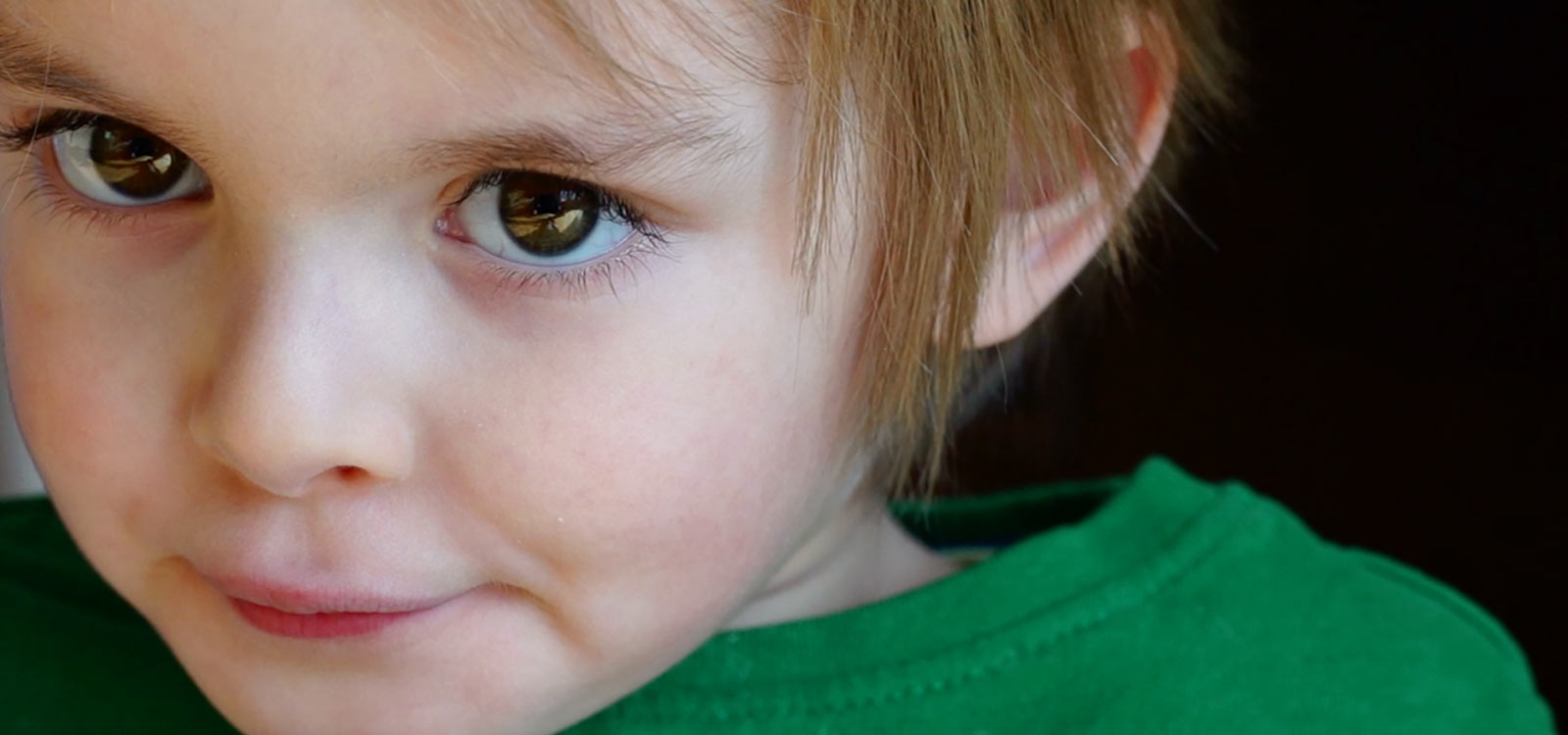Fast Facts About Eye Donation
Source: The Eye Bank Association of America (EBAA)
General FAQs
Donor FAQs
- Sign up at the Department of Motor Vehicles and put the heart on your license.
- Go to donatelifenc.org (in North Carolina), donatelifesc.org (in South Carolina), or donatelifetexas.org (in Texas), and sign up to be a donor.
- Indicate your wishes in advance directives.
It is also important that you share your wishes with your family, so they are aware of your desire to help others through eye, organ and tissue donation!








